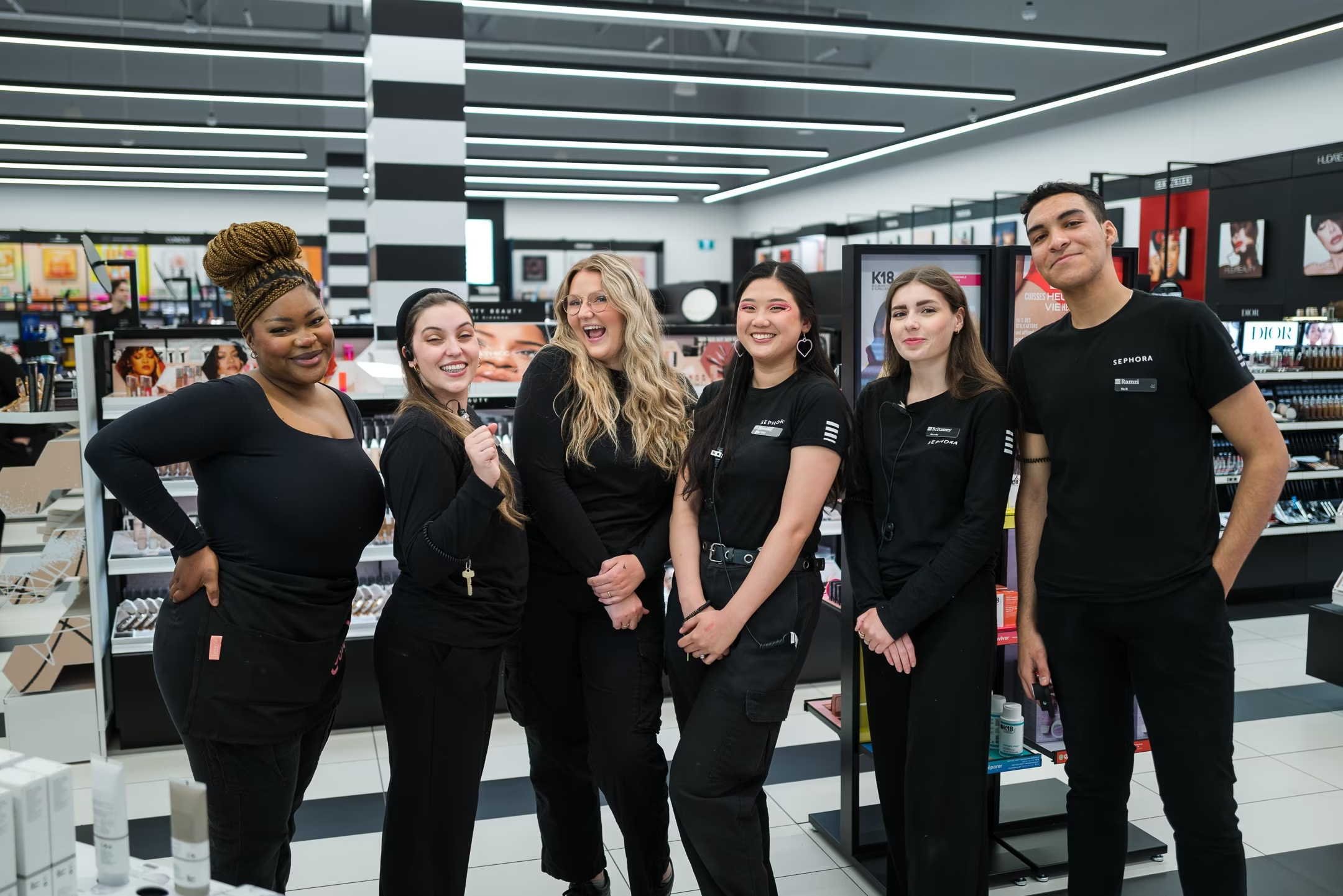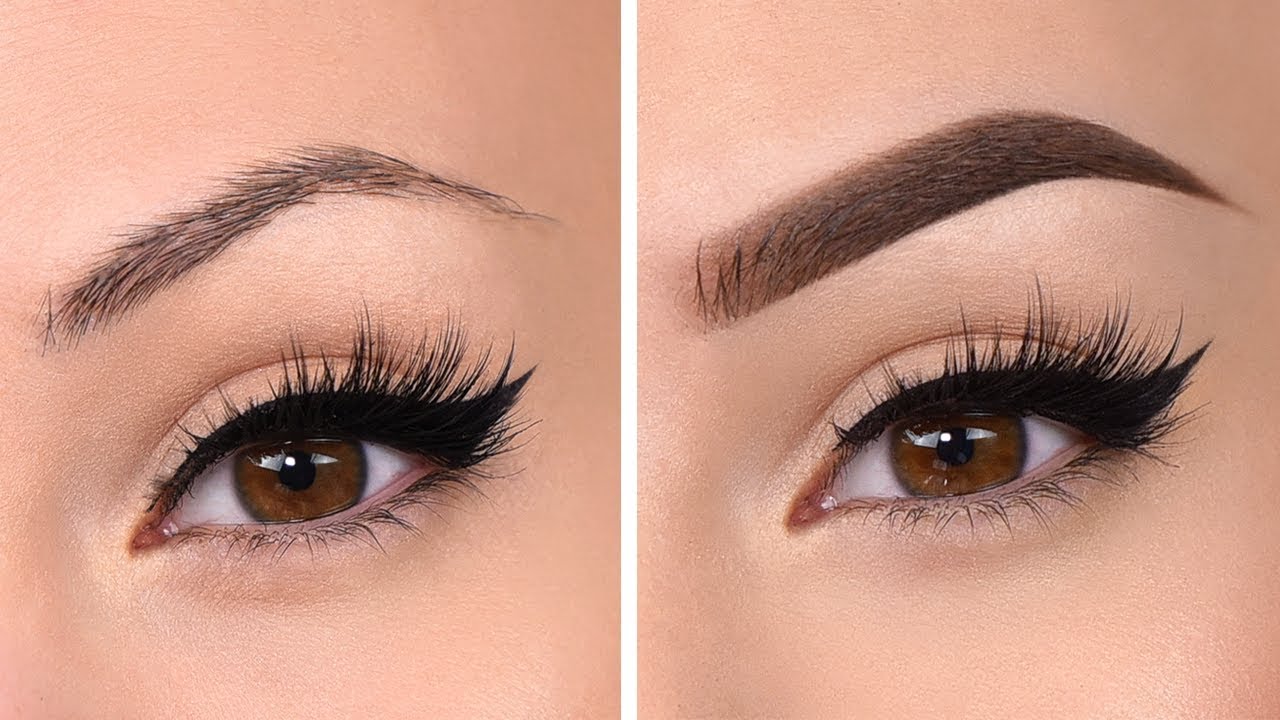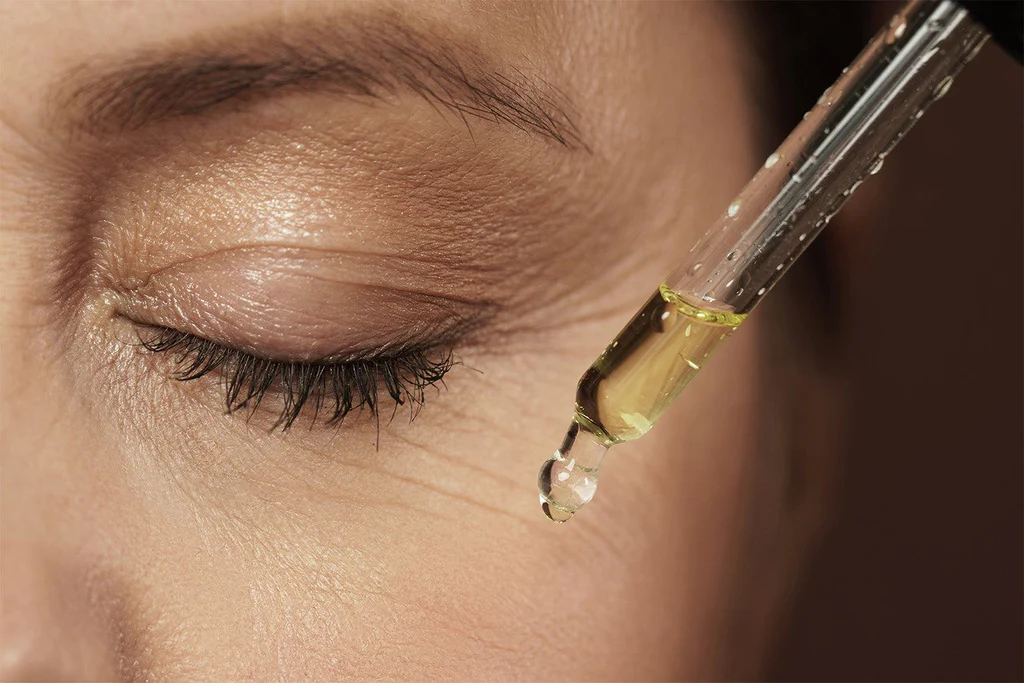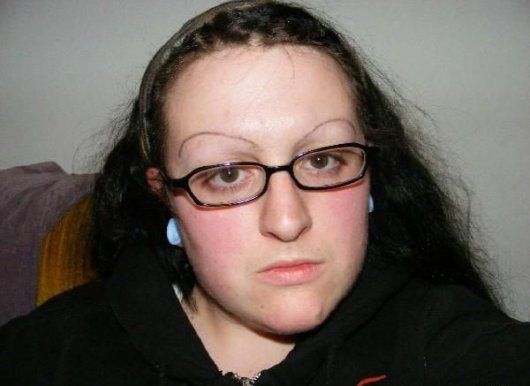
 By
Stylist Venita
By
Stylist Venita

Are you tired of dealing with unwanted facial hair that makes you feel self-conscious and uncomfortable? Do you want to get rid of it naturally and safely, without spending a lot of money or risking your health?
If your answer is yes, then you are in the right place. In this article, you will learn about different methods of removing facial hair, such as waxing, threading, laser hair removal, and electrolysis. You will also discover the benefits and drawbacks of each method, and how to choose the best one for your skin type and budget.
But most importantly, you will find out how to remove facial hair naturally with honey and other ingredients that you can easily find in your kitchen. Honey is a natural and versatile ingredient that can help you remove facial hair effectively and gently, while also nourishing and soothing your skin. You will learn how to make your homemade wax, mask, or scrub with honey and other ingredients, such as sugar, lemon, or oatmeal. You will also get answers to some of the most common questions and concerns about facial hair removal, and tips on how to prevent or reduce hair growth. By the end of this article, you will have a clear and comprehensive guide on how to achieve a smooth and hair-free face in no time. So, let’s get started!
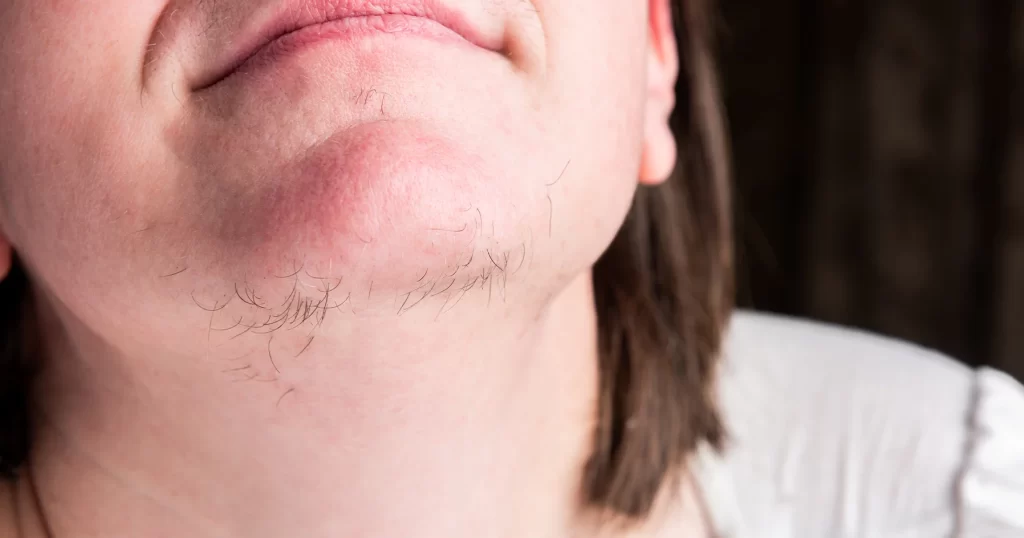
Facial hair is normal for both men and women, but the amount and thickness of the hair may vary depending on various factors.
By the way, the bearded lady shown in this post`s featured image (at the very top) is Harnaam Kaur, who is also widely known as The Bearded Dame or The Dame. She is so proud of her beard!
Some of the common causes of facial hair growth in women are:
Facial hair can be a source of embarrassment and frustration for many women, but it doesn’t have to be. With some simple methods, you can remove facial hair effectively and safely, without spending a fortune or risking your health.
Waxing is a popular technique for eliminating facial hair. It involves the application of a thin layer of warm wax onto the skin, which is then swiftly removed with a cloth strip.
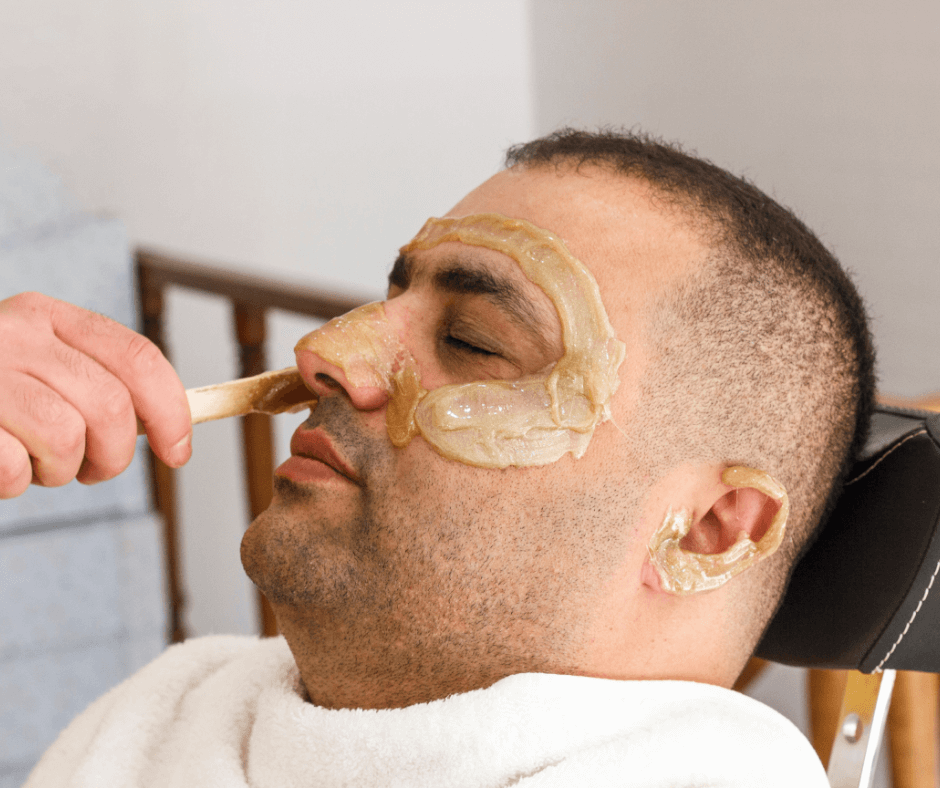
This method effectively uproots hair, resulting in smooth, hair-free skin that can last up to four weeks.
Waxing can be performed either at home or in a salon, utilizing various wax types like hard, soft, or sugar wax. It can be employed on different facial areas such as eyebrows, upper lip, chin, and cheeks. However, it does come with certain drawbacks:
Threading is an ancient method of removing facial hair that originated in India and the Middle East. It involves using a twisted cotton thread to catch and pull out the hair from the follicles.
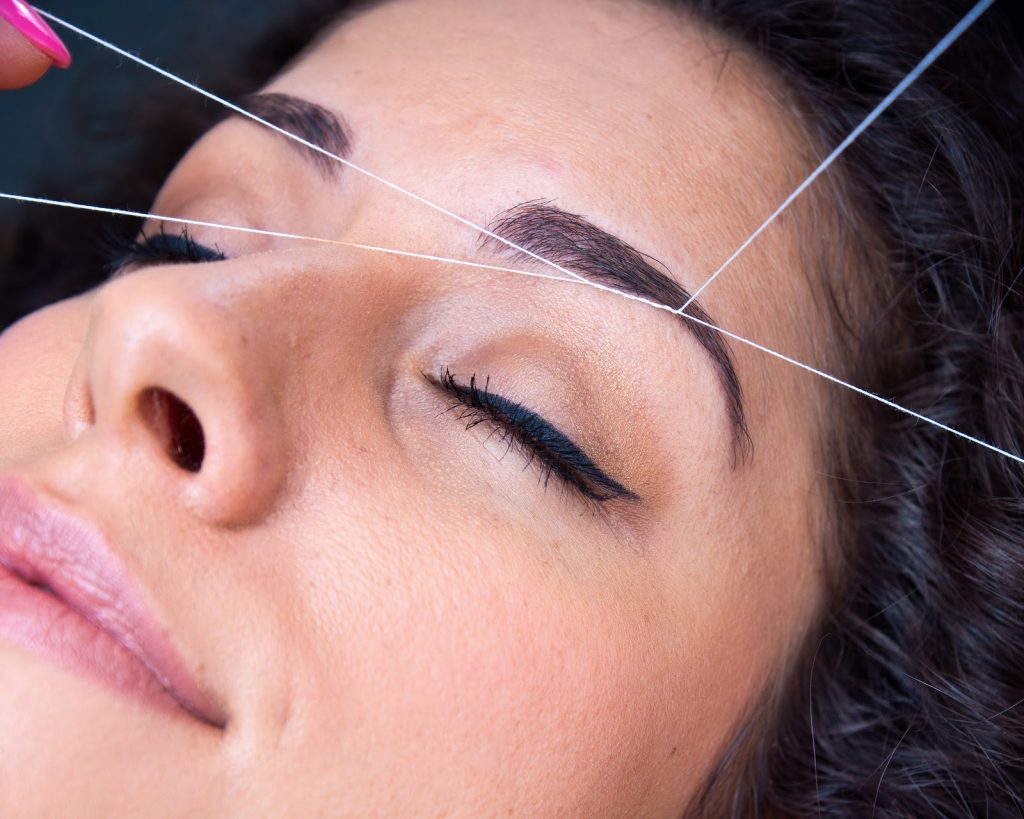
Threading can be done by a skilled beautician or at home, using a special tool or a regular thread. Threading can be very precise and effective, as it can remove even the finest and shortest hairs. Threading can also last for up to four weeks, depending on the hair growth cycle. Threading can be used to shape the eyebrows or remove hair from the upper lip, chin, or sideburns. However, it can also have some disadvantages, such as:
Laser hair removal is a modern method of removing facial hair that uses a beam of light to target and destroy the hair follicles. Laser hair removal can be done by a dermatologist or a certified technician, using a device that emits a specific wavelength of light that matches the color of the hair. Laser hair removal can reduce or eliminate hair growth permanently, after several sessions. Laser hair removal can work on any part of the face, except the eyebrows, as the laser can damage the eyes. However, laser hair removal can also have some limitations, such as:
Electrolysis is another method of removing facial hair that uses an electric current to destroy the hair follicles. Electrolysis can be done by an electrologist or a licensed professional, using a fine needle that inserts into each hair follicle and delivers a short pulse of electricity. Electrolysis can permanently remove hair from any part of the face, including the eyebrows, upper lip, chin, or cheeks. However, electrolysis can also have some challenges, such as:
Honey is a natural and versatile ingredient that can help you remove facial hair effectively and safely. Honey has many benefits for your skin, such as:
There are many ways to use honey for facial hair removal, depending on what other ingredients you have at hand. Here are some of the most popular and easy methods:
This is a classic method that works like waxing but with less pain and mess. Sugar acts as a binding agent that sticks to the hair and pulls it out from the roots, while honey soothes and nourishes the skin.
This is another effective method that combines the benefits of honey and lemon. Lemon juice has citric acid that exfoliates and brightens the skin, while also acting as a natural astringent that tightens the pores and prevents ingrown hairs
This is a gentle and soothing method that uses oatmeal as a natural scrub that removes dead skin cells and hair. Oatmeal also has anti-inflammatory and antioxidant properties that can calm and heal your skin
Here are some of the most common questions that people have about facial hair removal and their answers:
The frequency of facial hair removal depends on your personal preference and the method you use. Generally, you can repeat the honey-based methods once or twice a week, or whenever you notice new hair growth. However, you should avoid overdoing it, as it may irritate your skin and cause more hair growth.
There is no sure way to prevent facial hair growth completely, as it is influenced by many factors, such as hormones, genetics, and medications. However, you can try some natural remedies that may help reduce or slow down the hair growth, such as:
Facial hair removal can cause some minor side effects, such as:
To avoid or minimize these side effects, you should follow some tips and precautions, such as:
A: Waxing can last from three to six weeks, depending on your hair growth cycle and the area waxed. However, some hair may grow back faster or slower than others, so you may need to touch up some areas in between waxing sessions
A: Waxing can cause some risks, such as:
A: Threading can last from two to four weeks, depending on your hair growth cycle and the area threaded. However, some hair may grow back faster or slower than others, so you may need to touch up some areas in between threading sessions
A: Threading can cause some risks, such as:
A: Laser hair removal can last from several months to several years, depending on your hair growth cycle, the area treated, and the number of sessions required. However, some hair may grow back lighter, finer, or slower than others, so you may need to have maintenance treatments every six to 12 months.
A: Laser hair removal can cause some risks, such as:
A: Electrolysis can last permanently, as it destroys the hair follicles and prevents hair regrowth. However, some hair may grow back due to hormonal changes, medications, or other factors, so you may need to have occasional touch-ups.
A: Electrolysis can cause some risks, such as:
In conclusion, there are many ways to remove facial hair naturally and safely, without harming your skin or your health. Honey is one of the best ingredients that you can use for facial hair removal, as it has many benefits for your skin and hair. You can combine it with other ingredients, such as sugar, lemon, or oatmeal, to create your own homemade wax, mask, or scrub. However, honey is not the only option you have. You can also try other methods, such as waxing, threading, laser hair removal, or electrolysis, depending on your preference, budget, and skin type. Each method has its own advantages and disadvantages, so you should do some research and consult a professional before choosing one. By following these methods and tips, you can achieve a smooth and hair-free face in no time. I hope you found this article helpful and informative. If you have any questions or feedback, please feel free to leave a comment below. Thank you for reading! 😊.

